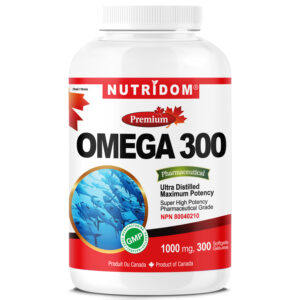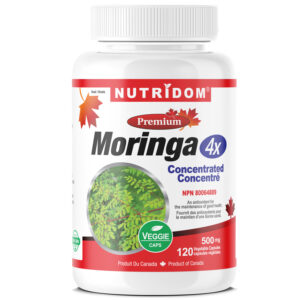Nutridom Lion’s Mane mushrooms
$0.00
To support healthy aging naturally
- Source of fungal polysaccharides with immunomodulating properties.
- Provides antioxidants the help protect cell damage caused by free radicals.
- NPN 80123555
Description
Benefits:
- Promote immunomodulating activities
- Enhance the immune system’s function
- Protect cells from oxidative stress and free radical damage
- Enrich nutraceutical activities from fungal polysaccharides
SUPPLEMENT FACT

PRODUCT RESEARCH / SAFETY
What is a Lion’s Mane mushroom
- A popular medicinal edible mushroom which has a variety of nutraceutical aspects in human health (1).
- An antioxidant, anti-inflammatory, and immunomodulating properties (1).
- Bioactive compounds play crucial roles in immune system (2).
- The main bioactive compounds are polysaccharides, β-glucan, hericenones,
and erinacines (2).
Key functions of the Lion’s Mane mushroom
- Healthy aging effects
: may help overall health including mental and physical health (3).
- Immunomodulator activities
: may enhance the immune function, helping the body defend against
infections and diseases (4).
- Antioxidant properties
: help protect cells from oxidative stress and free radical damage (5).
REFERENCES
- Zhang, Z., Lv, G., Pan, H., Pandey, A., He, W., & Fan, L. (2012). Antioxidant and hepatoprotective potential of endo-polysaccharides from Hericium erinaceus grown on tofu whey. International Journal of Biological Macromolecules, 51(5), 1140–1146.
- He, X., Wang, X., Fang, J., Chang, Y., Ning, N., Guo, H., Huang, L., Huang, X., & Zhao, Z. (2017). Structures, biological activities, and industrial applications of the polysaccharides from Hericium erinaceus (Lion’s Mane) mushroom: A review. International Journal of Biological Macromolecules, 97, 228–237.
- Limanaqi, F., Biagioni, F., Busceti, C. L., Polzella, M., Fabrizi, C., & Fornai, F. (2020). Potential antidepressant effects of Scutellaria baicalensis, Hericium erinaceus and Rhodiola rosea. Antioxidants, 9(3), 234.
- Wang, M., Gao, Y., Xu, D., Konishi, T., & Gao, Q. (2014). Hericium erinaceus (Yamabushitake): a unique resource for developing functional foods and medicines. Food & Function, 5(12), 355–364.
- Han, Z.-H., Ye, J.-M., & Wang, G.-F. (2013). Evaluation of in vivo antioxidant activity of Hericium erinaceus polysaccharides. International Journal of Biological Macromolecules, 52, 66–71.





